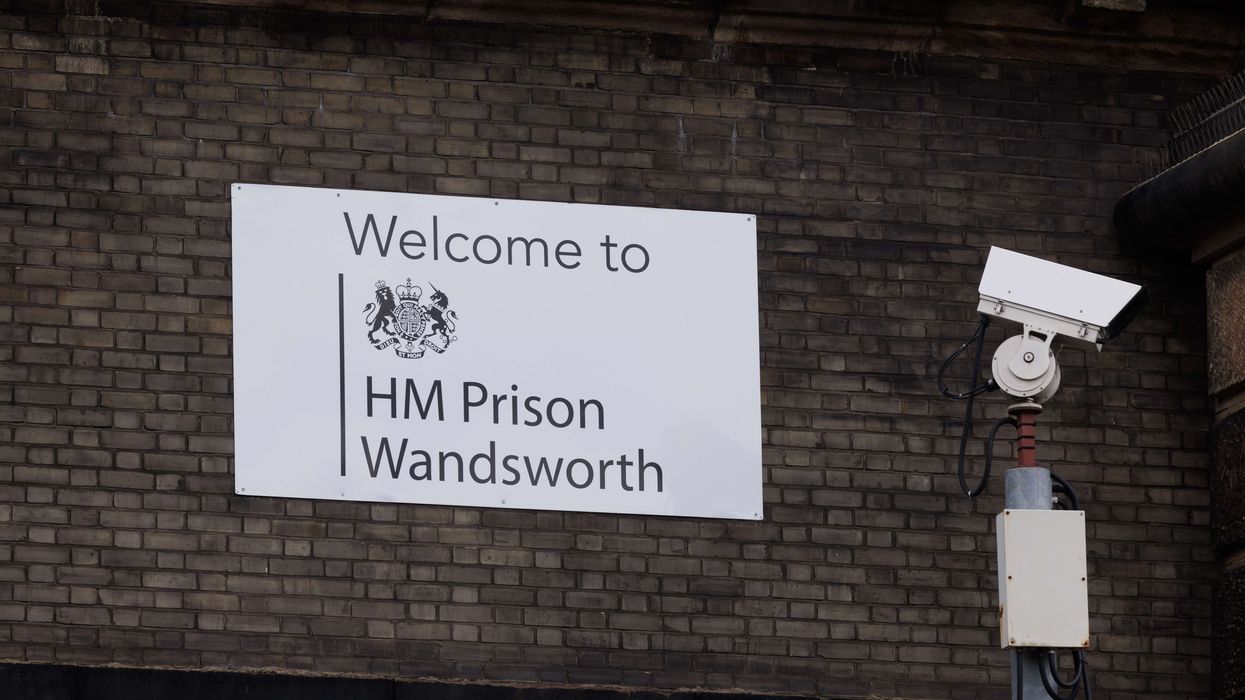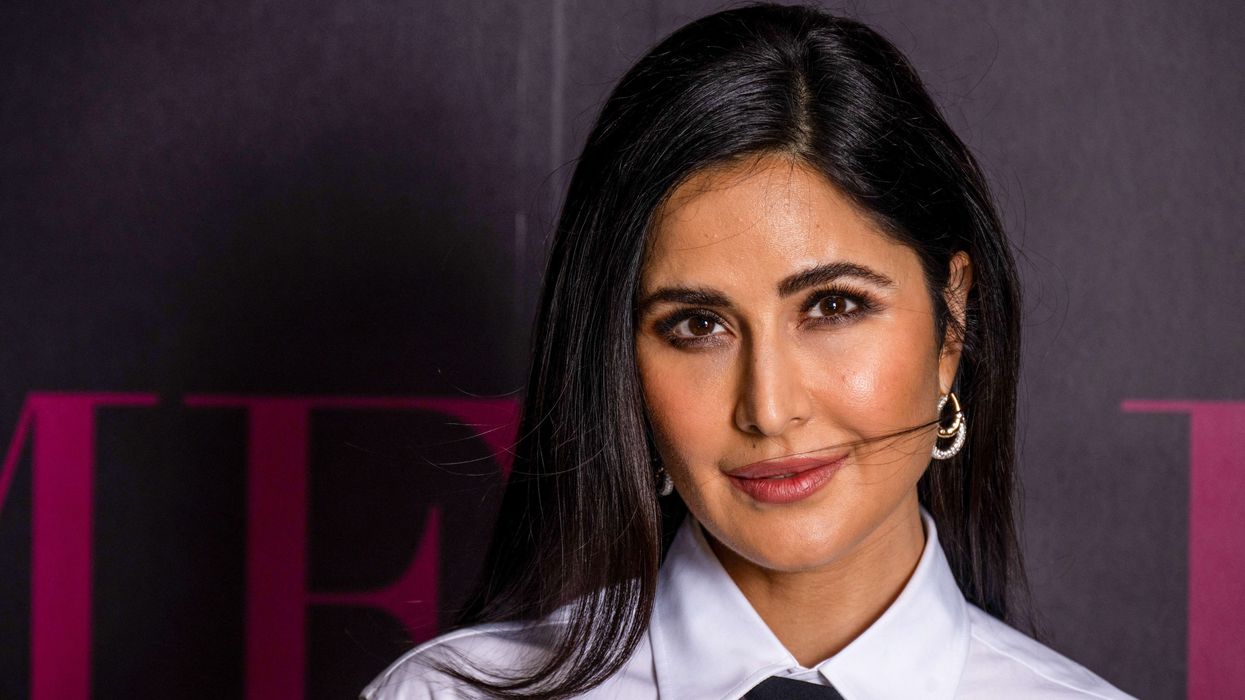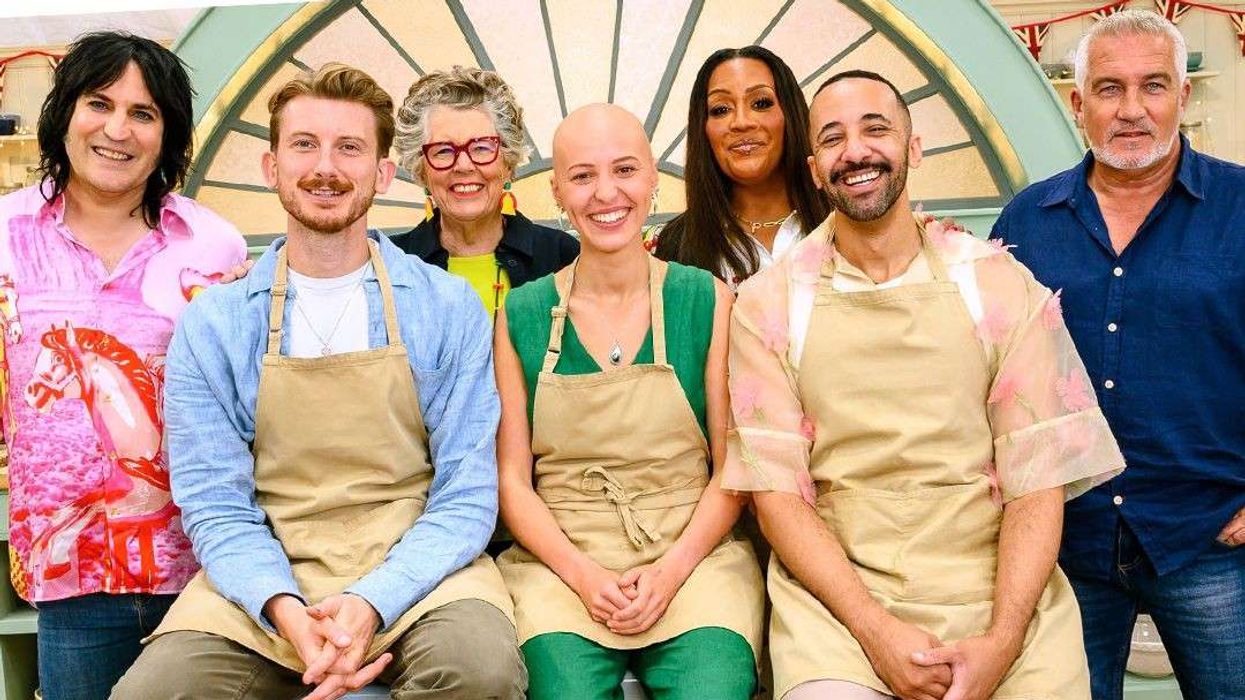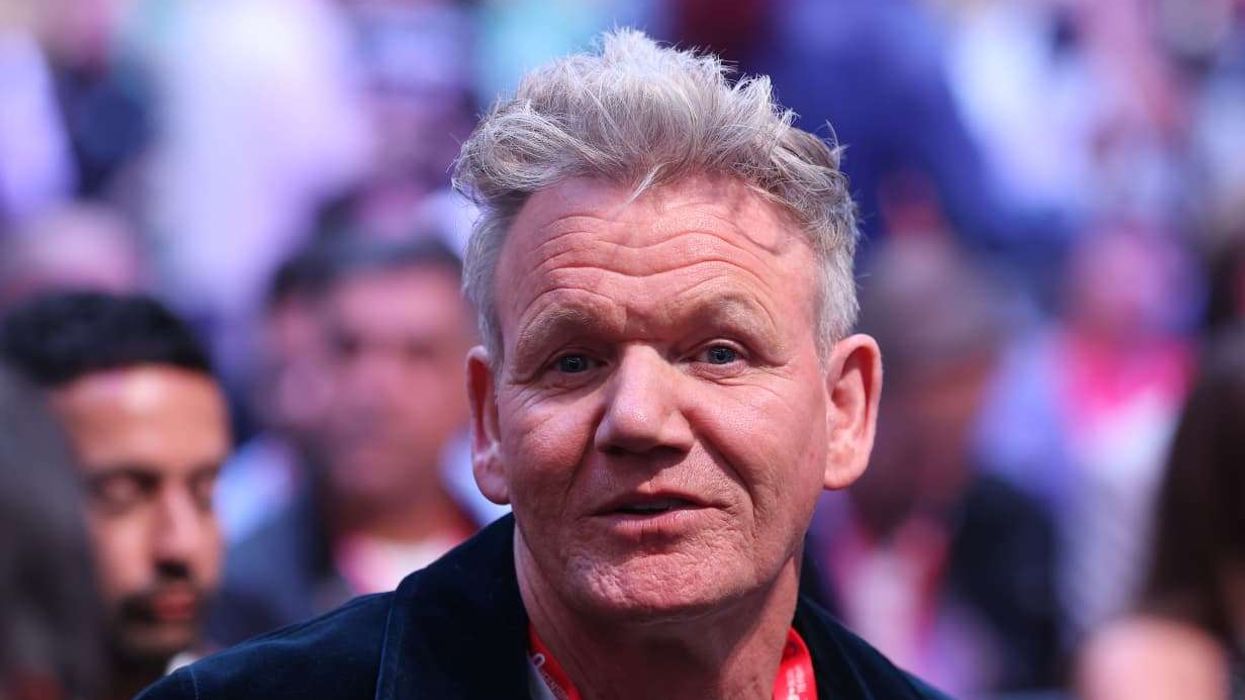MEDICAL associations have slammed prime minister Boris Johnson's plans to charge foreign staff to pay £625 a year to use the NHS, saying it will worsen staffing crisis.
On Sunday, the Conservative Party announced it was going to increase the surcharge from £400 to £625 a year for all non-EU migrant workers.
Medical associations have said this move will deter health professionals from coming to the UK.
The Royal College of Nursing (RCN), British Medical Association (BMA) and Royal College of Physicians have written to prime minister warning him that the move will be counterproductive.
In the letter shared with the Guardian they have pointed out that the NHS is already under strain with 100,000 vacancies.
“The Conservative party recently pledged an NHS visa to make it easier for overseas staff to work here but, with this latest policy, they would be doing the exact opposite," said Chaand Nagpaul, the chair of the BMA's ruling council. "This shows a clear lack of judgement that risks exacerbating the current workforce crisis in the NHS.
“The government is wrongly implying that migrants don’t pay tax like everybody else when, under this scheme, they will be paying twice for NHS treatment. If they were serious about improving access to healthcare, they would scrap the surcharge and ensure that the NHS is fully funded and free at the point of use.
“The health surcharge does nothing but penalise doctors who are choosing to come to the UK and work in an understaffed, underfunded and under-resourced NHS; doctors who enable the NHS to provide essential care to patients on a daily basis.”
Dame Prof Donna Kinnair, the chief executive and general secretary of the RCN, said the fees were a “pernicious and immoral charge” on people who the NHS relied on heavily.
“Forcing hard-working healthcare staff from overseas and their families to pay a fee for NHS services is already an inhumane policy, particularly given they already pay for the service through their taxes,” she said.













